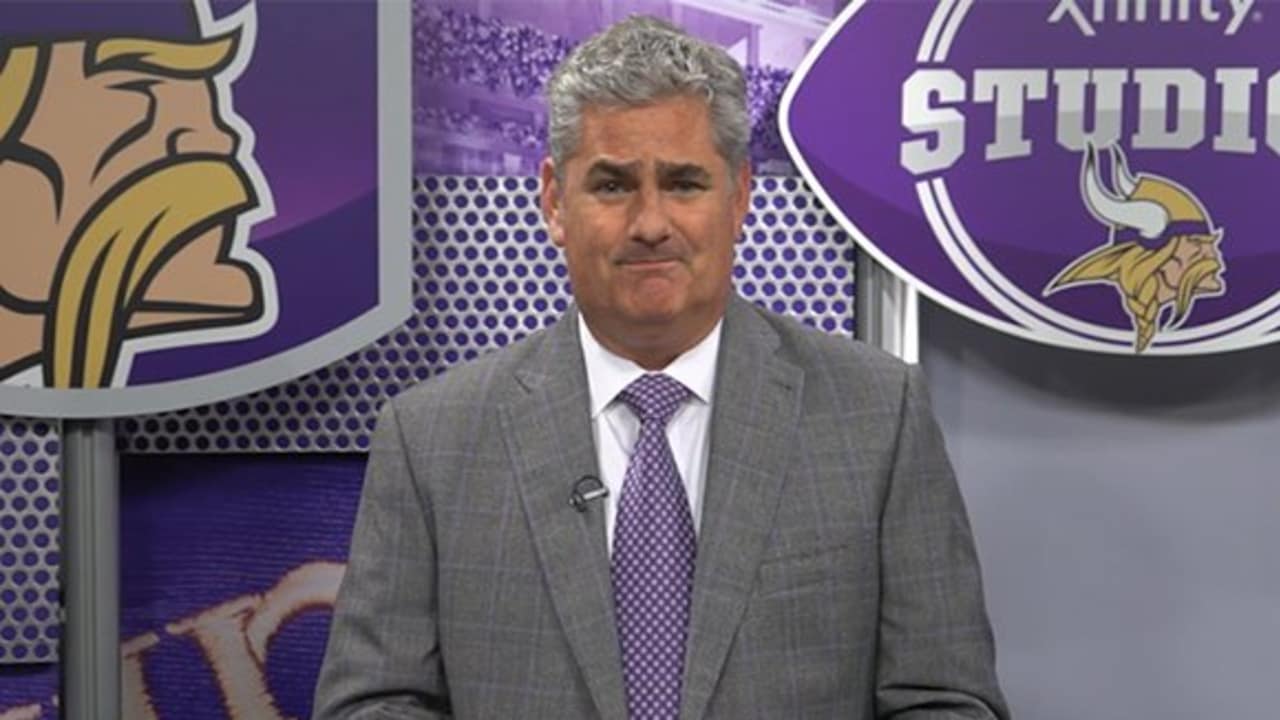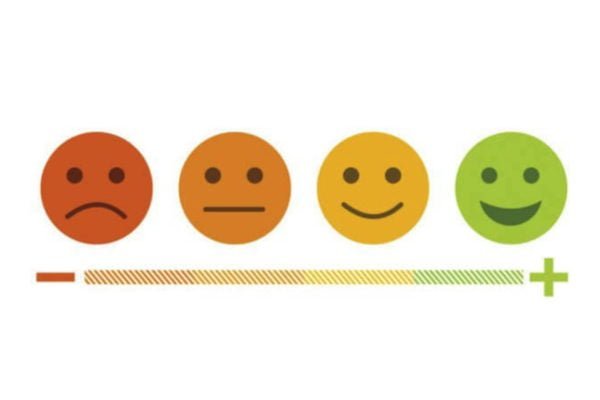Covering a team has never been more difficult than it is in 2020. Several factors have contributed to that, but none bigger than the lack of face-to-face communication for play-by-play broadcasters, radio hosts and reporters. With Covid protocols forcing all media sessions to be conducted via Zoom, it’s changed the way media has been able to get information from players and coaches.

Sure, press conferences via Zoom still give the opportunity to get quotes and sound bites, but losing the face-to-face aspect, as well as the all important one-on-one opportunities after games and practices, costs reporters and hosts the opportunity to have, amongst other things, intimate conversations that help develop a personal relationship with a current player or coach.
Instead of well-documented feature stories on athletes or comments from players and coaches that really let fans inside their personalties, we’re left with mostly meat and potatoes content that rarely strays away from the nuts and bolts of a game or practice.
Without the face-to-face interaction, it’s probably fair to say that reporters such as James Rapien of Sports Illustrated and the Locked On Network aren’t getting the same content they’re accustomed to.
“In a one-on-one setting it’s much different and I haven’t had one this year since May,” Rapien, who covers the Cincinnati Bengals, said. “You can joke around beyond football stuff and talk to them about their family, things like that, which, you can’t do a press conference environment anyway and that’s really what the Zoom calls are. It’s more of a news conference where you have eight different writers, 12 different TV reporters and a bunch of people that need certain clips about football. A lot of the small talk and jokes that humanize the players, and even the media, which, you use to try to gain the trust of the player, who you don’t know yet, that’s kind of gone, which certainly makes it challenging.”
Being the play-by-play announcer for a team, normally means there’s ample time to get any face-to-face interaction you need. There’s traveling with the team, staying with the team on the road and the usual prvivlege of being able to attend practices that most media can’t. But that’s changed this season and even the most trusted employees of the team are left searching for alternate ways to get the information they need.
“Access is relative,” said Paul Allen, Minnesota Vikings play-by-play voice. “I make my own access. They’ve been nice enough throughout the years to let me watch practice and I’ll even be in the head coach’s office. Mike Zimmer and I are friends, as much as we are co-workers, so a lot of that has been eliminated but I still have ways to get the information I need.
“I think the nuance of the non-obvious is probably lacking. Given that I’m an announcer, a race track announcer and I do radio show, I’m not media. They know they can trust me. If I’m chatting with coaches before or after practice, or players before and after practice, I get a lot of the nuance and the non-obvious that’s coming up in the games. I think some of that is probably lacking, not being around the coaches and players as much as I’m used to.”

Ari Temkin is a host on the Dallas Cowboys Radio Network. Normally, he’s used to being at The Star, the Cowboys training facility, and getting the access he needs for both pregame and postgame shows. Instead, he’s relegated to the same conference calls as everyone else in the Dallas media. That’s obviously a disadvantage, seeing as he’s probably able to bring more unique content to his show with the normal access he has.
“This year, the Cowboys have really limited the amount of media access,” Temkin said. “Having just one representative per media outlet, it’s been difficult to get any access. Not having a face-to-face aspect changes a lot, because you’re forced to hear most of the stuff secondhand, and this job you want to hear it yourself so you can create your own narratives, opinions and perceptions off of it.
I covered the Spurs in San Antonio for years and when my first son was born, I didn’t go to very many games, because it was hard to leave my wife at home alone with a kid. I realized I could still watch the games and hear the press conferences online, but it’s just incredible to see the difference in being there in person, because it matters. You can see things such as how players interact with each other on the bench, how players interact with the coach, things they do during timeouts, these are all things that you can’t pick up on television. You have to be at the games to see it. That’s partial to the face-to-face interaction with these guys. I saw, just by taking a year off and not covering the Spurs in person, just how much of a difference it makes.”
Craig Way, the voice of the Texas Longhorns, hasn’t seen his normal access change as much as others, but there’s still big differences to his normal routine.
“It’s been a little bit different for me in terms of the access to the players, certainly,” Way said. “That’s probably been the biggest change more than anything. But I do a show with Coach Tom Herman each week, we’re distant and we even have plexiglass in between us, things like that. We record our pregame interview from a distance, as well. We’re still able to function the way we normally do,which is a little more logistically challenging. My meetings with the coordinators, in the past, they’ve been in person, but they’re now in separate meeting spots by Zoom. We still have our conversations and things of that nature so that part of it has been good.”
The truth of the matter is that nobody is at fault for the current situation. Sports information directors have to keep the safety of the players and coaches at the forefront at all times and the media has to respect protocol, as well as their own safety, and work around the guidelines given to them. It’s obviously not ideal for anyone, but it does point out how critical face-to-face interaction is at all level of media.
![Tom Herman Interview with Craig Way [April 7, 2020] - YouTube](https://i.ytimg.com/vi/3ZBnDQfa3QM/maxresdefault.jpg)
Let’s just hope that privilege returns back to normal soon.
“There was this idea that reporters shouldn’t ever be in the locker room, even pre-Covid,” said Rapien. “I think that’s a joke. Our jobs are much more different now than they were a year ago or eight months ago.”
Tyler McComas is a columnist for BSM and a sports radio talk show host in Norman, OK where he hosts afternoon drive for SportsTalk 1400. You can find him on Twitter @Tyler_McComas or you can email him at TylerMcComas08@yahoo.com.







